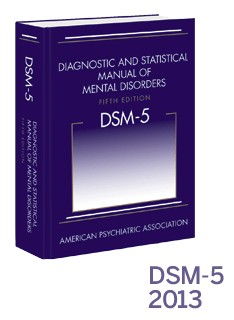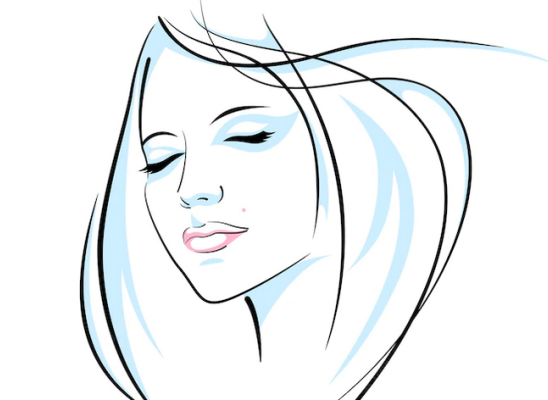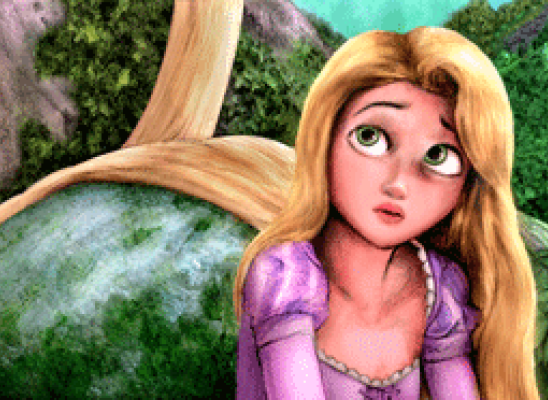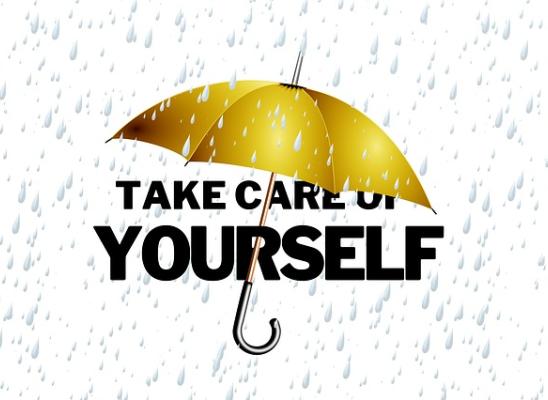Trichotillomania - A Body-Focussed Repetitive Behavior
Online test
Find out the severity of your symptoms with this free online test
 Hair pulling was first described in the literature in 1885, and the term trichotillomania (which is greek for "hair" and "madness") was coined by the French dermatologist François Henri Hallopeau in 1889. The recent uprising of awareness campaigns and advocacy among the increasingly vocal trich community has seen objections from trich sufferers to the term trichotillomania due to the perceived negative stigma attched to the word "mania"and its reference to madness. However, since the first case was presented by Hallopeau in 1885, recognition and research into the condition has been extremely slow and limited, with the first real strides in knowledge, awareness and development in the field occurring in the last decade. Therefore some believe that removing the term trichotillomania may undo the years of advocacy and awareness efforts to get the condition recognized and acknowledged wihtin the medical fraternity.
Hair pulling was first described in the literature in 1885, and the term trichotillomania (which is greek for "hair" and "madness") was coined by the French dermatologist François Henri Hallopeau in 1889. The recent uprising of awareness campaigns and advocacy among the increasingly vocal trich community has seen objections from trich sufferers to the term trichotillomania due to the perceived negative stigma attched to the word "mania"and its reference to madness. However, since the first case was presented by Hallopeau in 1885, recognition and research into the condition has been extremely slow and limited, with the first real strides in knowledge, awareness and development in the field occurring in the last decade. Therefore some believe that removing the term trichotillomania may undo the years of advocacy and awareness efforts to get the condition recognized and acknowledged wihtin the medical fraternity.
What's in a name?
The name of the disorder is not he only contentious issue surrounding this condition. The classification of trichotillomania has also evolved over the decades as we learn more and more about the clinical features of this condition. Still to date there is not uniformity between the Diagnostic and Statistical Manual (DSM) of the American Psychiatric Association and the International Classification of Diseases (ICD). The ICD is the core function of the World Health Organization (WHO) and has existed for more than a century. WHO's primary focus for the mental and behavioral disorders classification is to help countries to reduce the disease burden of mental disorders. The DSM on the other hand is produced by a single national professional association (the American Psychiatric Association), and therefore its development is dependent upon research and knowledge obtained under the auspices of the association. While there is collaboration between the two, there are still some distinct differences in the classification of some mental disorders between the ICD and the DSM, one of which being trichotillomania. Trichotillomania made its first appearance in ICD-9 (1975) under the title of other disorders of impulse control, but was approved for reclassification as a specific disorder in ICD-10 in 1990. In contrast, trichotillomania was first included in DSM-III-R in 1987 as an impulse control disorder, not classified elsewhere, and remained there until 2013 when the DSM-5 was published, where is now appears under obsessive compulsive and related disorders (OCRD). Modifications from DSM-III-R to DSM-IV included expansion of the diagnostic criteria to include tension experienced when attempting to resist hair pulling and the addition of a clinical significance criterion, which required emotional distress and/or functional impairment.
The OCD Classification Conundrum
With the classification of trichotillomania as an OCRD, there is some concern that trichotillomania may be clustered indiscriminately as an OCD when it should be noted that there are some differences between trichotillomania and what is basically defined as OCD, including differing peak age of onset, gender differences, and neural dysfunction. A working group into the classification of trichotillomania and excoriation disorder (skin picking disorder) noted similar concerns, offering another suggestion that trichotillomania and skin-picking disorder be characterized as body-focused repetitive behavior disorders (BFRBs) or grooming disorders within the OCRD. Currently body-focussed repetitive behavior is classified separately to trichotillomania and skin picking disorder under "Other Specified and Unspecified Obsessive-Compulsive and Related Disorders". This is inconsistent with the globally accepted adoption of trich and skin picking as BFRBs by support and advocacy groups such as the Canadian BFRB Support Network and Skinpick.com.
What are BFRBs?
According to Angela hartlin's skin-picking support website, Body- Focused Repetitive Behaviours (BFRB’s) “is an umbrella term for any chronic behavior that causes a person to consistently cause physical damage to oneself unintentionally through a compulsive act in order to relieve anxiety.” The key difference between BFRB and other compulsive behaviours that cause harm to the body is that BFRBs are characterised by direct body-to-body contact. The similarities in clinical presentation of trichotillomania with BFRBs such as onycophagia (nail biting) is too significant to deny the link. According to the Working Group, research supports the inclusion of trichotillomania and skin-picking disorder as unique disorders under BFRBs in ICD-11 within the OCRD category, and as such in the DSM5 as well as this is how most clinicians see these behaviors, and as this may optimize clinical utility.
Online test
Find out the severity of your symptoms with this free online test
Start your journey with TrichStop
Take control of your life and find freedom from hair pulling through professional therapy and evidence-based behavioral techniques.
Start Now



